Flickr Before Smartphones and Instagram
What was it like using Flickr in early Web 2.0, in the age of digital cameras and before Instagram changed everything? 📸
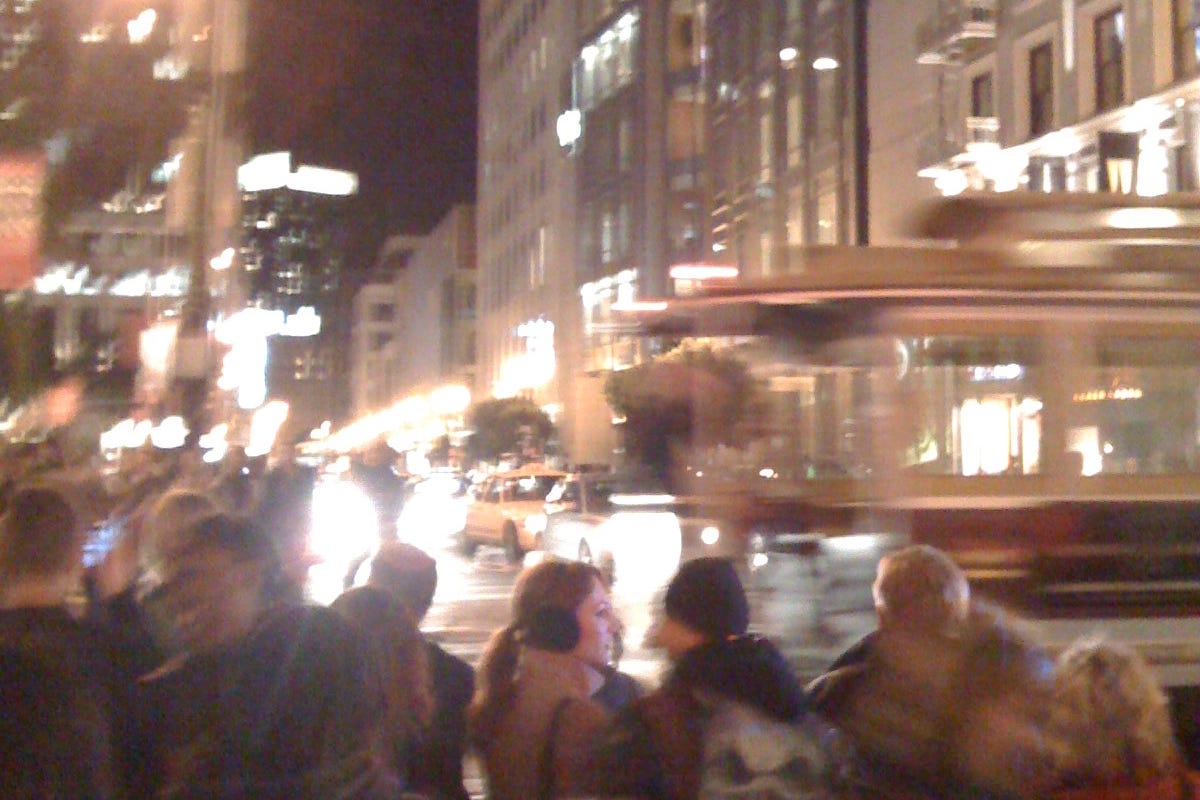
As I’ve been writing my “Web 2.0 memoir” this year, I’ve been using Flickr a lot to look at old photos from that era — mainly conferences I went to, people I met and places I visited, but also occasionally I will get lost down a rabbit hole of someone’s Flickr photos from the 2004-07 range (which are the years I’ve written about so far). Flickr has been like a visual version of the Internet Archive’s Wayback Machine for me; a way to remember what it was like living through a now bygone web era.
One of the distinguishing features about Flickr in early Web 2.0 was that it was a time before smartphone cameras. Most of the photos uploaded by people back then were taken on a digital camera. Sometimes you used the crappy quality camera on your mobile phone, which output these rough things called “PXTs”. Either way, to get photos onto Flickr, usually you connected your camera or phone to your computer by cable, downloaded your photos to your computer, and then uploaded them to Flickr. There was no sync straight to the cloud back then.
I was already planning to write about early Web 2.0 Flickr anyway for Cybercultural, and then I saw an article on The New York Times with the headline, The Hottest Gen Z Gadget Is a 20-Year-Old Digital Camera. It turns out, just as Gen Z are big fans of the tv show Friends, they’re also going retro (sometimes) with their social media photos too. Here’s part of the intro, describing how an 18-year old took photos at his prom using his Mom’s old digital camera:
“…instead of using his smartphone, Mr. Tabarez documented prom night with an Olympus FE-230, a 7.1-megapixel, silver digital camera made in 2007 and previously owned by his mother. During his senior year of high school, cameras like it started appearing in classrooms and at social gatherings. On prom night, Mr. Tabarez passed around his camera, which snapped fuchsia-tinted photos that looked straight from the early aughts.”
7.1-megapixel was actually quite impressive for the time. During much of 2006, I was taking photos and uploading them to Flickr with a Canon PowerShot A85, which was 4 megapixels (you can see more details about the camera on Flickr).
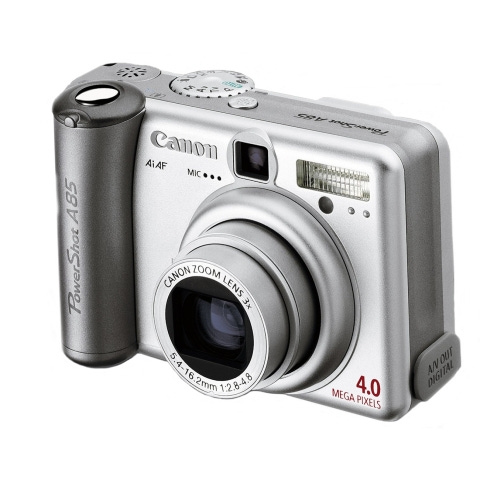
Here’s an example of a photo taken with it on a trip to Seattle in January 2006, when I visited the office of the startup The Robot Co-op (shout-out , one of the founders).
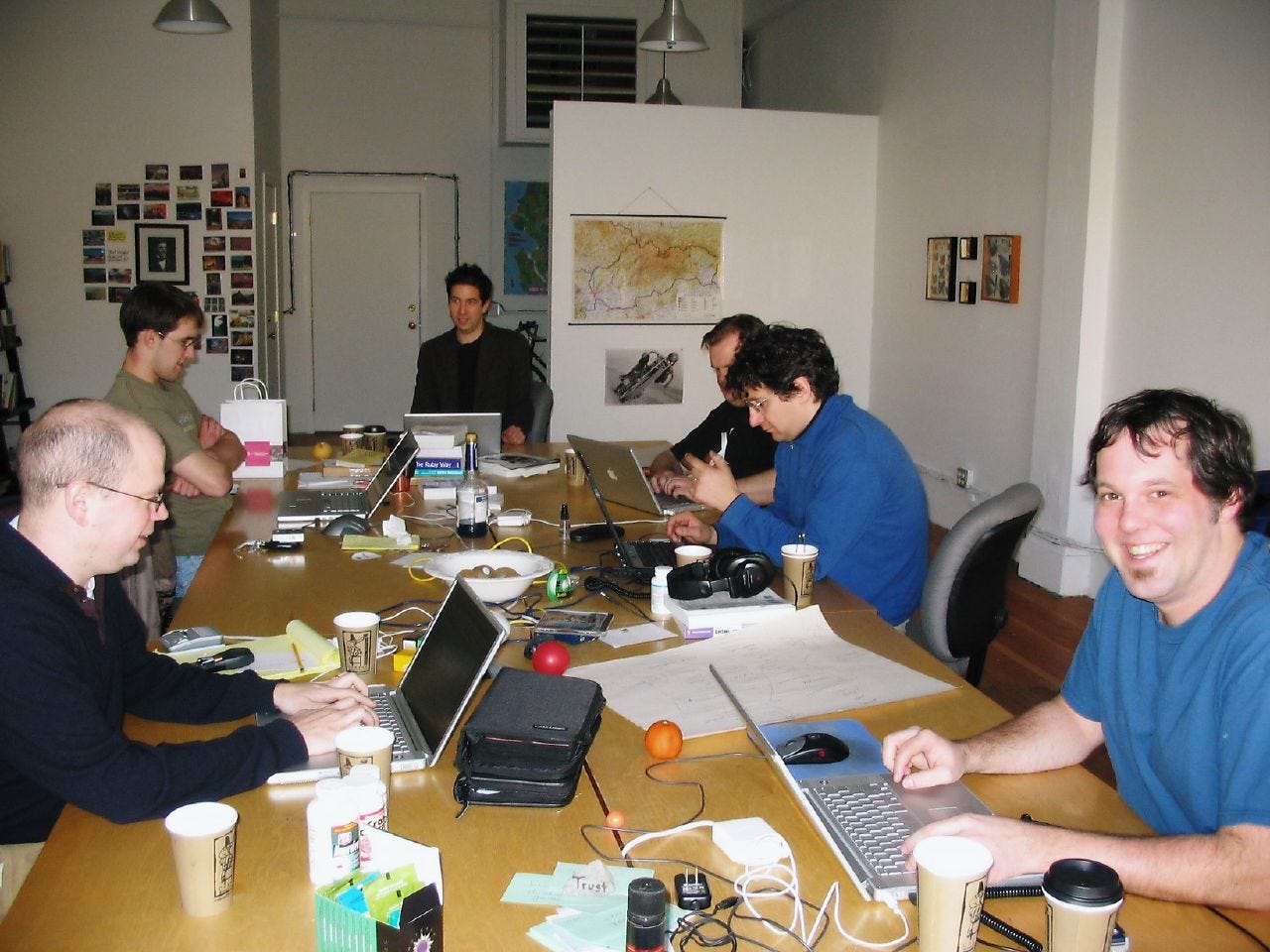
Now, I really like this photo as it is a nice snapshot of that day, and I enjoyed meeting the Robots. One guy (I think it’s Todd Gehman) on the right has an awesome expression on his face, Buster is at the back looking cool, and the others around the table are absorbed in their startup work. The mid-aughts Macbooks PowerBooks1 bring back memories, too. That all said, the image quality isn’t high — it’s a bit blurry, there is some red eye, and little details aren’t clearly defined (I’m curious what the books on the table are, for example). The latest generation iPhone would fix all that, but that’s beside the point. Maybe the grainy quality adds a bit of mystique to the photo. Certainly, it makes it an artifact of its time.
Some of you — especially if you’re younger than Gen X — may be wondering at this point, what made Flickr so special? Surely there were a bunch of other photo-sharing websites to choose from, not to mention social networks like MySpace, Bebo and Facebook (believe it or not, Facebook was ranked 3rd of those three as late as 2007!). There are many reasons why Flickr became the trendiest photo-sharing site in the era before smartphones. Tara Hunt had a good post in January 2007 that goes into it (check the comments too). For example:
“They helped people kick ass. They helped amateur photographers strut their stuff by making the photos front and center. They helped people who enjoyed photography by making great, revolutionary navigation (tags, interestingness, etc.). They helped people who liked to share their ’social shots’ connect with their friends who were doing the same (groups, tags, rss, friending, etc.).”
There was plenty more to like about Flickr — widgets, ability to easily embed photos across the web, a generous API, etc.
Even today, I’d say Flickr is still my favourite photo-sharing site, except that we now all post our pics to Facebook, Instagram, TikTok, et al. Instagram is its closest modern equivalent, but with many layers of self-consciousness layered on top. Flickr had a purity to it, alongside the ‘flaws’ of the digital cameras back then — which, ironically, Gen Z are attracted to because it’s like a new Instagram filter.
Later in 2006, I upgraded my digital camera to a Nikon Coolpix L3, which had 5.1 Megapixels:
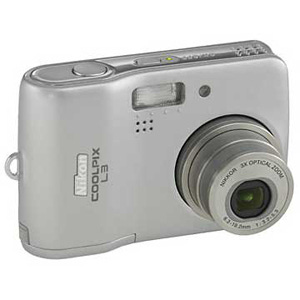
via Flickr
Here’s a photo I took of Lou Reed at the Web 2.0 Summit in 2006 (yes, that really happened).
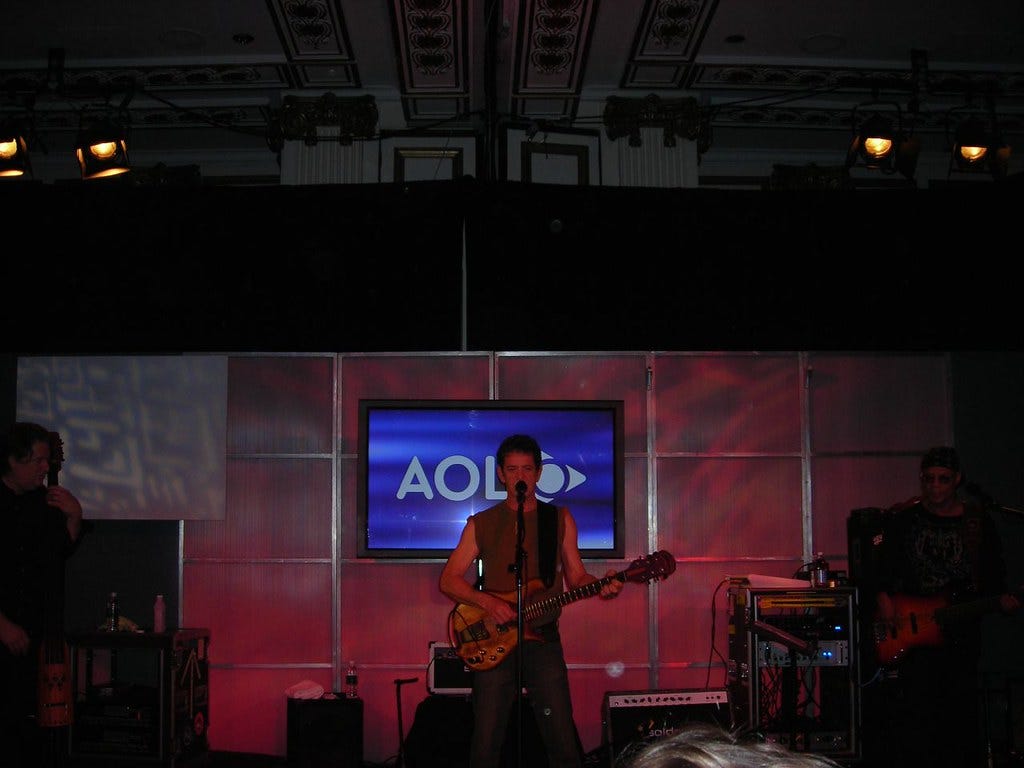
Again, it’s not a super-clear or crisp photo, but it has kind of a moodiness to it that was matched by Lou’s mood that evening. “You got 20 minutes,” he growled at one point, when chatter from the geeky audience wouldn’t subside. “You wanna talk through it, you can talk through it. Or I can turn the sound up and hurt you.” (for the record, he did turn up the sound!)
When smartphone cameras did arrive, they had a charming fuzziness to them that I liked. Check out these photos I took with the iPhone 3G — the second generation iPhone, which had a 2 megapixels camera resolution. They were taken on 4 November 2008, the night Barack Obama won the presidency. I happened to be in San Francisco that evening, so I snapped some woozily colourful photos that nicely captured the celebratory mood on the streets.
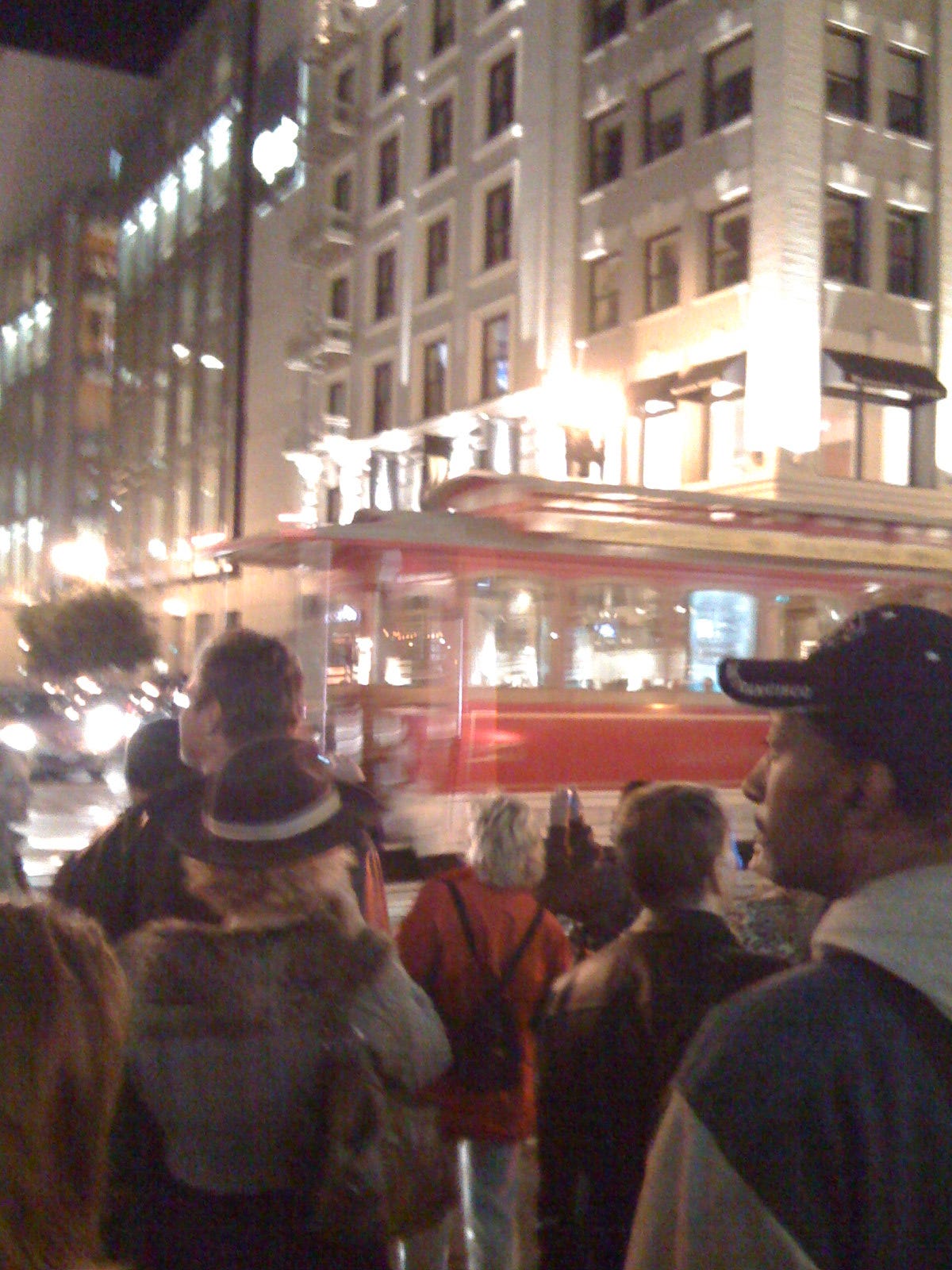
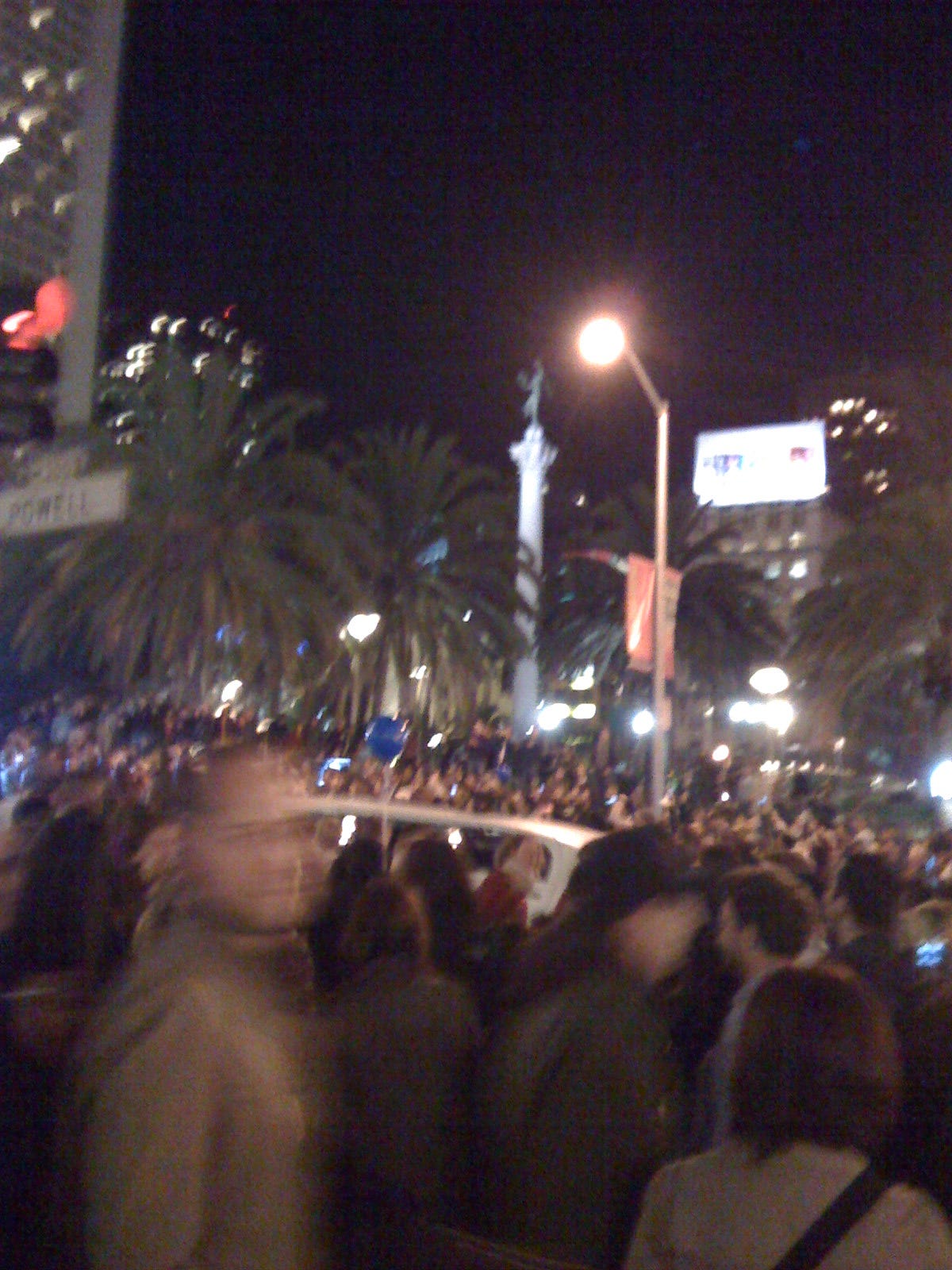
This was still before photo-sharing became a big part of our culture. TwitPic came along in 2009, which popularized photo-sharing on Twitter. Facebook was getting more multimedia-focused by then too. And does anyone remember Foodspotting? It was an app that prefigured Instagram; launched in 2009, but only started to take off when the iPhone app was launched in January 2010. I remember taking photos of my food during 2010, especially on my travels, and uploading it to Foodspotting (alas I don’t seem to have a copy of my archive — the site was shut down for good in 2018).
Funnily enough, I wrote a profile of Foodspotting in October 2010, the very same month Instagram launched on iOS. I immediately joined Instagram and did my first post on October 19, 2010. And yes, it was food-related and heavily filtered:
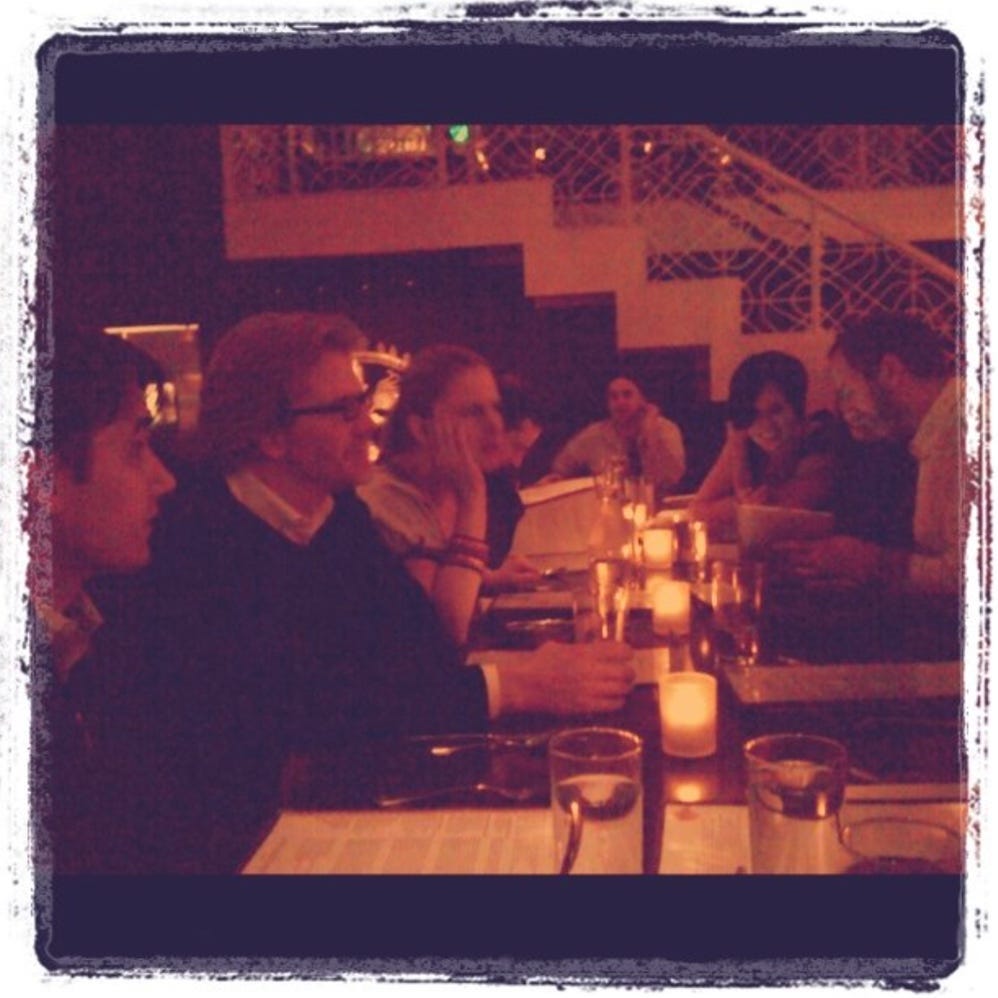
Needless to say, Instagram quickly ate Foodspotting’s lunch. It also heralded the end of the Flickr era of photo-sharing. From October 2010 on, Instagram’s playful, smartphone-centric take on photo-sharing won out.
But Flickr sure was a beautiful app. Thankfully (unlike ReadWriteWeb) it’s still around in a form that hasn’t been messed with much. It was acquired by SmugMug — an even older photo-sharing service, founded in 2002 — and so far their stewardship of Flickr has been excellent. I haven’t posted anything there since 2015, but as I said above, I am using it quite a lot for my current book project.
Got any memories of Flickr — or Web 2.0 photo-sharing in general — that you’d like to share? I’d love to hear it. Please leave a comment on Substack (if you’re reading on email, click the comment button below).
Eagle-eyed reader Mark Gardner pointed out that the computers “are PowerBooks G4, not MacBooks. Apple did not begin shipping the first MacBooks Pro until the following month, and the original MacBooks released later that year were clad in plastic, not aluminum, to match the PowerPC-based iBooks they were replacing.”
You're reading Cybercultural, an internet history newsletter. Subscribe for free, or purchase a premium subscription. Your support for this indie publication would be greatly appreciated.